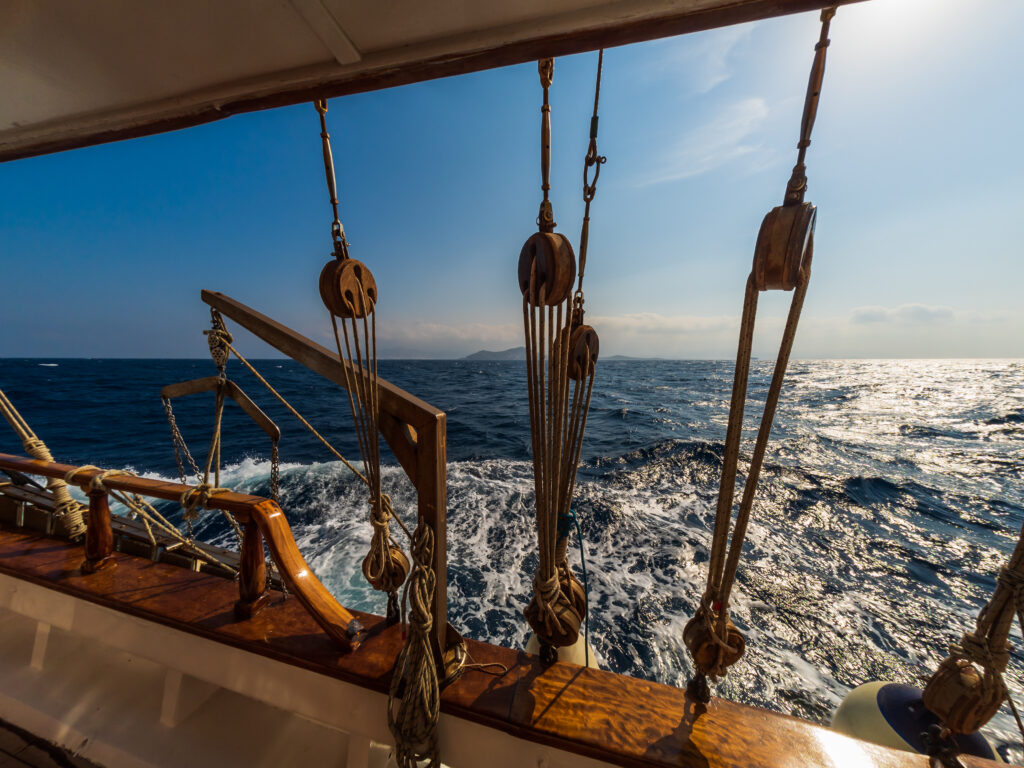Table of Content
ToggleIntroduction
In the early 16th century, the Age of Discovery saw the world witness a plethora of explorers venturing into uncharted lands in search of new territories, cultures, and resources. Among these brave adventurers was Fernando de Noronha, a Portuguese nobleman and explorer, who embarked on a remarkable journey to Brazil in 1511. This blog post aims to delve into the captivating story of Fernando de Noronha’s expedition, highlighting his contributions to the exploration and mapping of Brazil’s vast and diverse landscape.
The Journey Begins
Fernando de Noronha set sail from Lisbon, Portugal, in 1511, leading a fleet of six ships with a mission to explore the uncharted territories of South America. His expedition was sponsored by King Manuel I of Portugal, who hoped to establish a Portuguese foothold in the New World and capitalize on its natural resources.
The fleet made landfall on the northeastern coast of Brazil, an area yet to be extensively explored by Europeans. Upon arrival, Fernando de Noronha and his crew were captivated by the region’s lush vegetation, abundant wildlife, and indigenous populations. It was here that the real adventure began.
Encounters with Indigenous Peoples
As the expedition ventured deeper into Brazil, they encountered various indigenous tribes with distinct cultures, languages, and ways of life. These interactions were crucial in establishing relationships with the native people, which not only facilitated trade but also provided valuable information about the land, its resources, and potential threats.
Fernando de Noronha and his crew were particularly intrigued by the indigenous people’s knowledge of the flora and fauna, which they skillfully utilized for food, medicine, and daily necessities. This knowledge exchange allowed the Europeans to better navigate the unfamiliar terrain and survive in harsh conditions.
Mapping the Brazilian Coastline
One of Fernando de Noronha’s significant contributions during his expedition was the mapping and documentation of Brazil’s vast coastline. His meticulous records of geography, topography and natural resources proved invaluable to future explorers and settlers. This detailed mapping allowed Portugal to establish a strong presence in the region, laying the groundwork for its colonial ambitions.
The Legacy of Fernando de Noronha
Fernando de Noronha’s 1511 expedition was a key milestone in the exploration of Brazil and its integration into the European consciousness. His encounters with indigenous peoples, documentation of the land, and mapping of the coastline proved crucial in the establishment of Portuguese colonies in the region.
Today, the archipelago of Fernando de Noronha, located off the northeastern coast of Brazil, bears his name, serving as a testament to his pioneering spirit and enduring legacy. Designated as a UNESCO World Heritage Site, this stunningly beautiful and ecologically diverse archipelago continues to inspire visitors with its rich history and breathtaking natural beauty.
Conclusion
Fernando de Noronha’s exploration of Brazil in 1511 was a significant chapter in the Age of Discovery. His tireless efforts to map the coastline and engage with the indigenous peoples laid the foundation for the Portuguese colonization of Brazil and left an indelible mark on the history of this captivating land.












